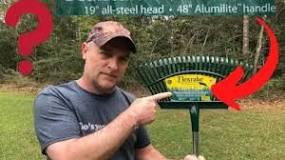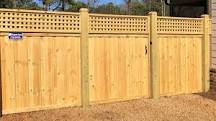Absolutely, you can power rake when the ground is wet, but it’s not always the best idea. Wet soil can make the process a bit tricky and might lead to some complications. Let’s break down what you need to know.
Why Wet Ground Can Be Problematic
Soil Compaction
When the ground is wet, it’s more prone to compaction. Power raking on soggy soil can compress it further, making it harder for air and nutrients to reach the roots. This could lead to unhealthy grass in the long run.
Equipment Issues
Using a power rake on wet ground can also be tough on your equipment. The added resistance can strain the machine, leading to potential damage or breakdowns. Plus, muddy conditions can clog up the rake, making it less effective.
Uneven Results
Wet soil can cause uneven raking. You might end up with patches that are either over-raked or not raked enough, which doesn’t do your lawn any favors. You want that even, manicured look, right?
When Is It Okay to Power Rake?
If you’re itching to get your lawn looking sharp and the ground is just slightly damp (think after a light rain), you might be okay. Just keep an eye on how soft the soil feels underfoot. If it squishes too much, it’s probably best to wait until things dry out a bit.
Tips for Power Raking on Wet Ground
- Check the Weather: If rain is in the forecast, hold off.
- Test the Soil: Walk around your lawn. If your shoes sink in too much, it’s too wet.
- Adjust Your Technique: Go slower and avoid making sharp turns that could tear up the grass.
Summary
In short, while you can power rake when the ground is wet, it’s usually not recommended due to potential soil compaction, equipment strain, and uneven results. If you find yourself in a situation where you have to rake wet soil, just take it slow and be mindful of how your lawn responds.
FAQ
Can I power rake if it’s just a little damp?
Yes, if the ground is only slightly damp and not muddy, you can go ahead. Just watch for signs of compaction.
What should I do if my power rake gets clogged?
If your rake gets clogged with mud or grass, stop and clear it out before continuing. This will help maintain its efficiency.
How often should I power rake my lawn?
Generally, once or twice a year is enough for most lawns—usually in spring or fall when thatch buildup is at its peak.
Is there an alternative to power raking?
If conditions are too wet for power raking, consider using a dethatching rake or waiting until the soil dries out more before tackling thatch issues.
Remember, taking care of your lawn is all about timing and technique.







